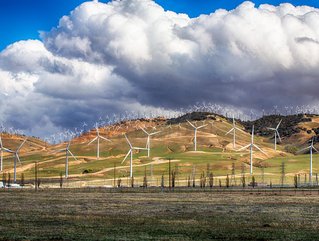California leads the way in energy storage

Research by The Climate Group has shown that California is changing the energy storage industry through innovative new legislation which supports its own dedication to climate change.
California has long been a global leader in energy storage; it currently has more than 4.2 GW of installed storage capacity, but that is still far from the 13 GW required to meet daily peak power demands. In order to tackle these identified needs, California Public Utilities Commission is undertaking a 1,325 MW procurement mandate for energy storage by 2020, which includes chemical, mechanical, and thermal technologies. Storage is increasingly crucial as renewable energy in the state continues to grow, and new technologies must be adopted to handle it.
The case study on this topic is part of The Climate Group’s Energy Transition Platform, which supports the acceleration of a low-carbon world within sub-national governments. It is highlighting California’s good work in order to inspire other local and state governments to take on their own energy challenges. Energy storage costs continue to decrease – particularly lithium-ion batteries – and as such interest in the sector has grown exponentially. For example, Tesla’s work-in-progress Gigafactory is set to produce more lithium-ion batteries a year than were created globally in 2013.
California’s new mandate will allow security for investors and storage solutions providers due to a guaranteed demand for energy storage. Around 488 MW of energy projects have already been procured and are being planned – and the mandate doesn’t end for another eight years. The state is far ahead in the US, but others are beginning to follow; Oregon adopted a similar bill in 2015, and Massachusetts is working on its own procurements targets for 2020. GTM Research found that 21 states have at least 20 MW of energy storage planned, and 10 have more than 100 MW.
Kevin Barker, Advisor at the California Energy Commission, said: “We designed a state-wide procurement target large enough to drive the market without impacting negatively on ratepayers. There is no one size fits all solution when it comes to storage, but states and regions must go beyond renewables targets and recognize energy storage as a key element of a successful energy transition.”
You can download the California case study here and find all the Energy Transition Platform’s case studies here.






